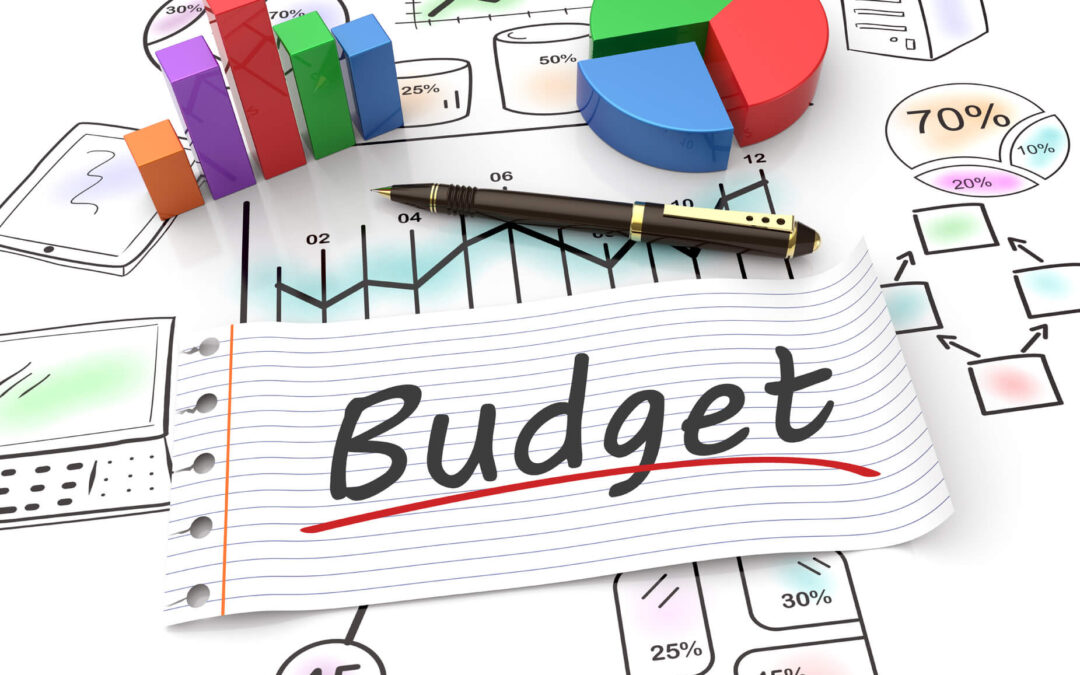Escape the Debt Trap: The Ultimate Guide to Regaining Financial Freedom
Debt can feel like a never-ending weight, dragging you down and limiting your options. Whether it’s credit cards, student loans, or medical bills, the stress of financial obligations can take a toll on your mental, emotional, and even physical well-being. If you’re ready to get out of debt, the good news is that there are proven, strategic ways to do so faster than you ever thought possible. In this deep dive, you’ll discover the most effective methods to break free from financial strain and take control of your future.
The Hidden Costs of Debt
Carrying debt isn’t just about monthly payments—it affects every aspect of your life. Interest rates silently erode your income, making it harder to save or invest. Stress levels rise, relationships suffer, and long-term goals get pushed further away. Even worse, many traditional financial tips barely scratch the surface of what it truly takes to eliminate debt efficiently. But with the right strategies, you can flip the script and reclaim your financial stability.
The Fastest Way to Get Out of Debt: The Power of the Snowball & Avalanche Methods
Not all debt elimination strategies are created equal. Two of the most effective are:
The Snowball Method
This approach focuses on quick wins to build momentum. Here’s how it works:
-
List all your debts from smallest to largest.
-
Pay the minimum on all debts except the smallest.
-
Attack the smallest debt with everything you’ve got.
-
Once it’s gone, roll that payment into the next smallest debt.
-
Repeat until you’re completely debt-free.
Why it works: The psychological boost of eliminating smaller debts keeps you motivated to tackle larger ones.
The Avalanche Method
If saving on interest is your priority, this method works best. Follow these steps:
-
Organize debts by interest rate, from highest to lowest.
-
Pay the minimum on everything except the highest-interest debt.
-
Channel extra funds into the debt with the highest rate.
-
Once it’s eliminated, move to the next highest interest debt.
Why it works: This method minimizes the total amount of interest you pay, accelerating your journey to financial freedom.
Cutting Expenses Without Feeling Deprived
Slashing costs doesn’t have to mean sacrificing everything you love. Here are little-known strategies to free up cash without feeling restricted:
-
Negotiation tactics: Call service providers and ask for better rates on insurance, utilities, and even credit card interest.
-
Subscription audit: Review all automatic payments and cancel anything that doesn’t add value.
-
Grocery game plan: Meal planning and shopping with a list can easily save hundreds each month.
-
Side hustle smartly: Pick income streams that align with your skills and require minimal startup time.
-
The ‘No-Spend Challenge’: Set a timeframe to cut discretionary spending and use the savings to pay down debt.
Increasing Your Income Without Working 80-Hour Weeks
More income equals faster debt payoff, but working non-stop isn’t the answer. Instead, consider these methods:
-
Passive income streams: Invest in dividend stocks, create digital products, or rent out a room.
-
Leveraging skills for profit: Offer freelance services on platforms like Upwork or Fiverr.
-
Selling unused items: A clutter-free home and extra cash? Win-win.
-
Cash-back and rewards programs: Optimize spending by using reward cards and cash-back apps.
Credit Score Myths That Keep You Stuck
One of the biggest fears people have about paying off debt is how it impacts their credit score. Here’s the truth:
-
Paying off debt improves your score long-term, even if there’s a temporary dip.
-
You don’t need to carry a balance to build credit—on-time payments are enough.
-
Closing accounts won’t always hurt your score—it depends on your total credit history and utilization.
The Psychological Shift: How to Stay Motivated and Avoid Burnout
Debt freedom isn’t just about numbers—it’s a mindset shift. To stay on track:
-
Visualize your progress: Use charts or apps to see your shrinking balances.
-
Celebrate milestones: Reward yourself (within reason) for hitting debt payoff goals.
-
Surround yourself with success stories: Read about others who have successfully eliminated debt.
-
Create a “why” statement: Clearly define why you want to be debt-free and revisit it often.
Avoiding Common Pitfalls That Derail Your Progress
Many people start strong but lose momentum. Here’s how to sidestep common roadblocks:
-
Lifestyle creep: As income increases, keep expenses steady and put the extra money toward debt.
-
Relying too much on balance transfers: These can be useful but often lead to more debt if spending habits aren’t addressed.
-
Not having an emergency fund: Unexpected expenses can derail your progress if you’re not prepared.
A Step-By-Step Action Plan to Get Out of Debt
-
Calculate your total debt. Know exactly what you owe.
-
Choose your payoff strategy. Snowball or avalanche—pick the one that keeps you motivated.
-
Trim expenses wisely. Find hidden savings without feeling restricted.
-
Boost your income. Leverage side hustles, freelance work, or passive income.
-
Stay accountable. Use a tracking system and celebrate small wins.
-
Avoid new debt. Shift from a borrowing mindset to a wealth-building mindset.
Final Thoughts: The Debt-Free Future is Closer Than You Think
Becoming debt-free isn’t just a financial goal—it’s a life-changing transformation. With the right approach, you can eliminate financial burdens, reduce stress, and create a future filled with opportunities. Every step you take today brings you closer to a life where you control your money instead of the other way around. The journey starts now—what’s your next move?


